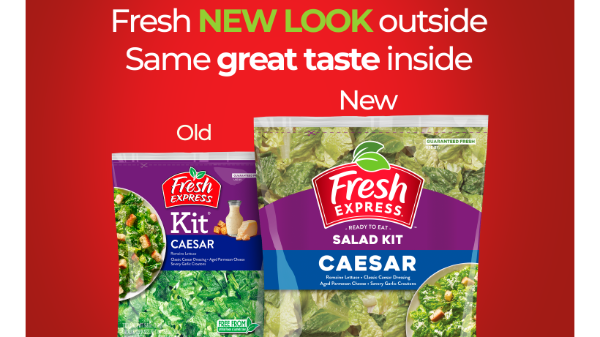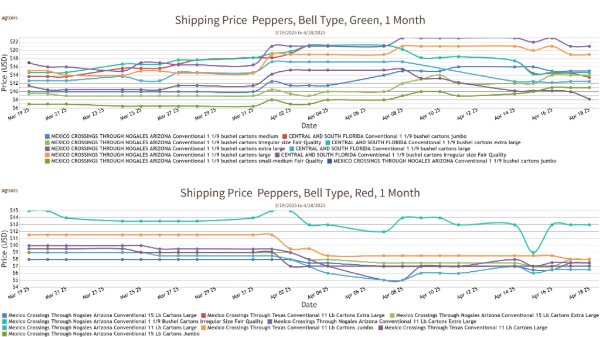Welcome to Blue Book!
Are you ready to join the thousands of companies who rely on Blue Book to drive smarter decisions? View our plans and get started today!
Still have questions? We’d love to show you what Blue Book can do for you. Drop us a line– we’ve been waiting for you.

Consumer branding has long played an integral role in packaged foods, yet—with a few notable exceptions—this has not been the case in the produce department.
The landscape is starting to change, however. Grower labels such as Nature-Sweet tomatoes, varietal names such as Honeycrisp apples, licensed brands such as Green Giant, commodity marketing organizations such as Avocados from Mexico, and private label brands such as Whole Foods’ 365 Everyday Value are all vying for shelf space—and more brands are entering the market each year.
Promoting ‘Separation’ and Distinction
The key to a successful brand is its capacity to highlight a ‘point of difference’ consumers will recognize. “In general, a brand is distinct from a commodity, because a commodity has only one differentiator, and that’s price,” says Ed McLaughlin, the Robert G. Tobin professor of marketing and director of the Food Industry Management Program at Cornell University’s Dyson School of Applied Economics and Management. “A brand is expected to get a premium price because it has attributes consumers value.”
These attributes can vary widely and include taste, color, texture, longevity, nutritional value, ecological superiority, packaging, or some sort of emotional tie to shoppers. McLaughlin says truly memorable brands are able to perfectly capture at least one unique selling proposition. Some even go on to become synonymous with a service or product, like overnight delivery and FedEx or tissues and Kleenex.
In the perishables world, today’s marketers are keenly aware that millennials are concerned about how their food is grown and by whom. Julie Lucido, CEO of Marketing Plus, which specializes in fresh produce marketing, confirms that yes, many consumers, “especially young millennials, are interested in knowing where their food is from and feeling good about their purchase.”
More importantly, though, is “they will be loyal if they find a brand they like,” Lucido notes. “To accomplish this, you almost need to brand yourself.”
Nogales, AZ-based Ciruli Brothers, LLC sells mangos under its ‘Champagne’ product line. But Chris Ciruli, COO, stresses that a brand and a label are two different things. The latter is simply a logo on a box, which has meaning to the trade but probably not to consumers. “You need something really unique to be a brand; it has to have a unique flavor or something else that’s unique. Not everything can be a brand.”
Ciruli Brothers began marketing mangos in the mid-1970s, establishing labels for certain varieties and trying to create sweeter fruit through postharvest handling such as hydrocooling. “We were able to create a superior product, but we couldn’t create differentiation at the consumer level,” Ciruli says. To rise above the competition and achieve product ‘separation,’ the company created the Champagne brand and its distinctive packaging. “We feel it has worked over the last decade, and it’s something we continue to do.”
Corporate Alignment and Message
When establishing a brand, marketing consultants say a product must also fall within the scope of corporate objectives. “Any brand strategy must align with the corporate direction, and it must drive sales,” comments Julie Krivanek, president of Krivanek Consulting, a strategy firm for the global produce industry.








